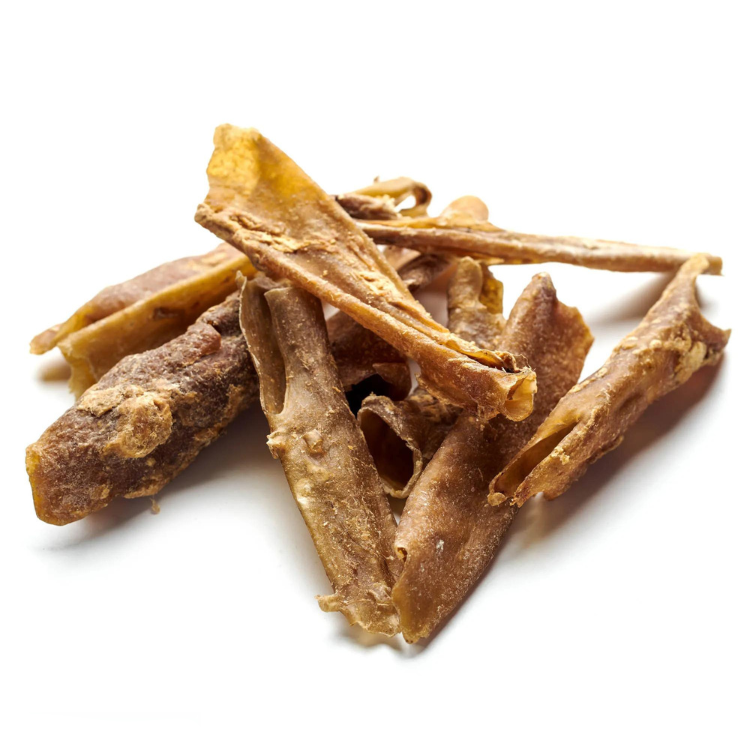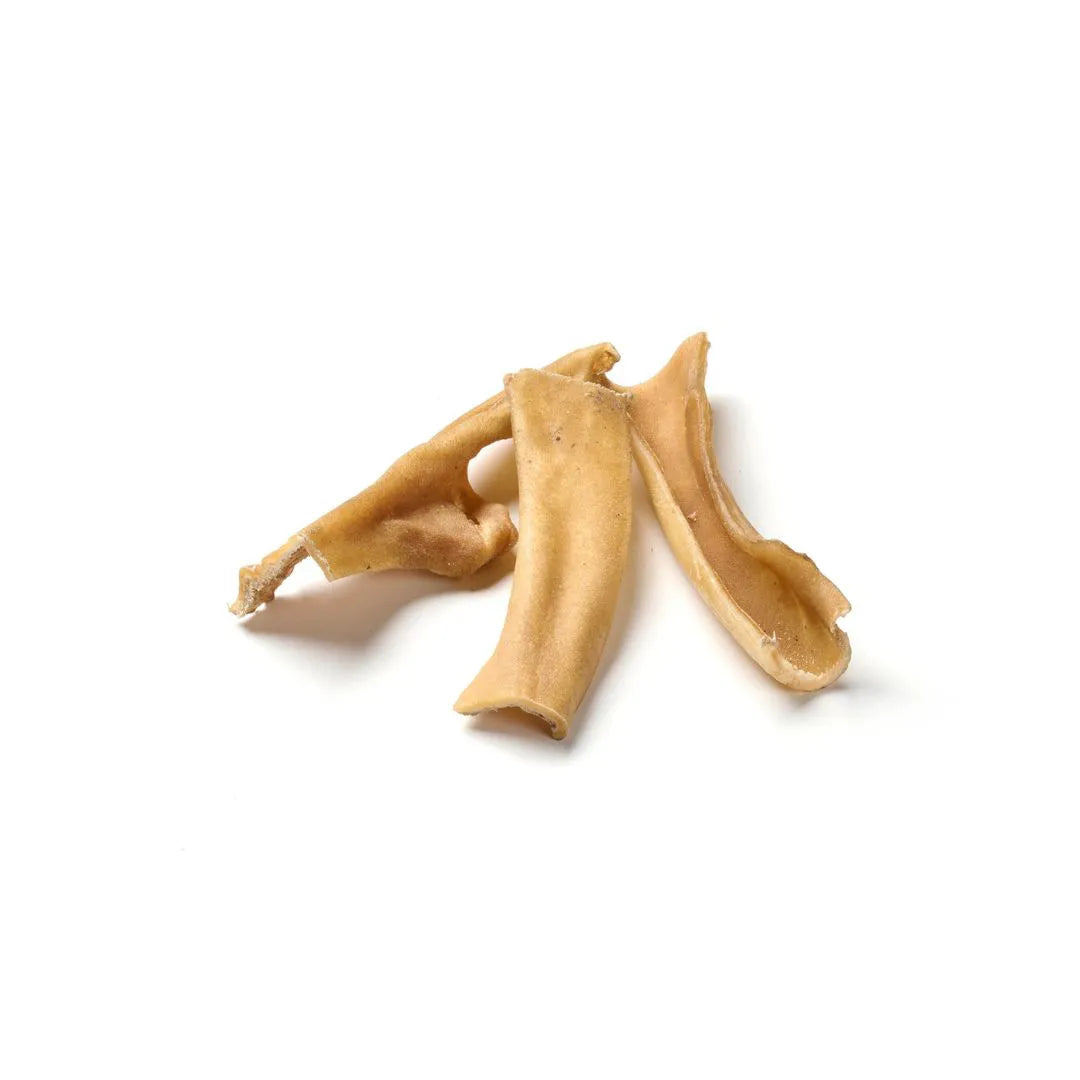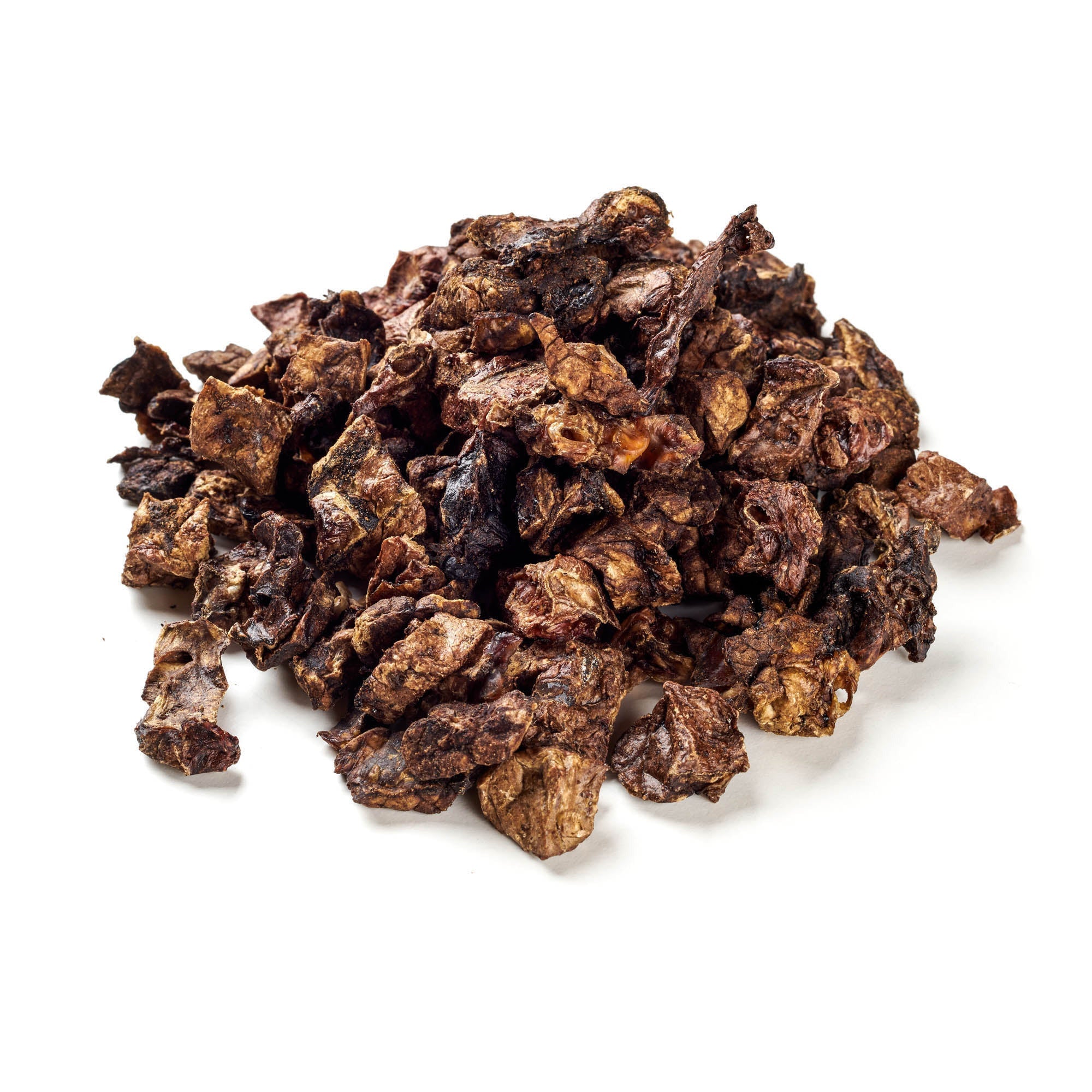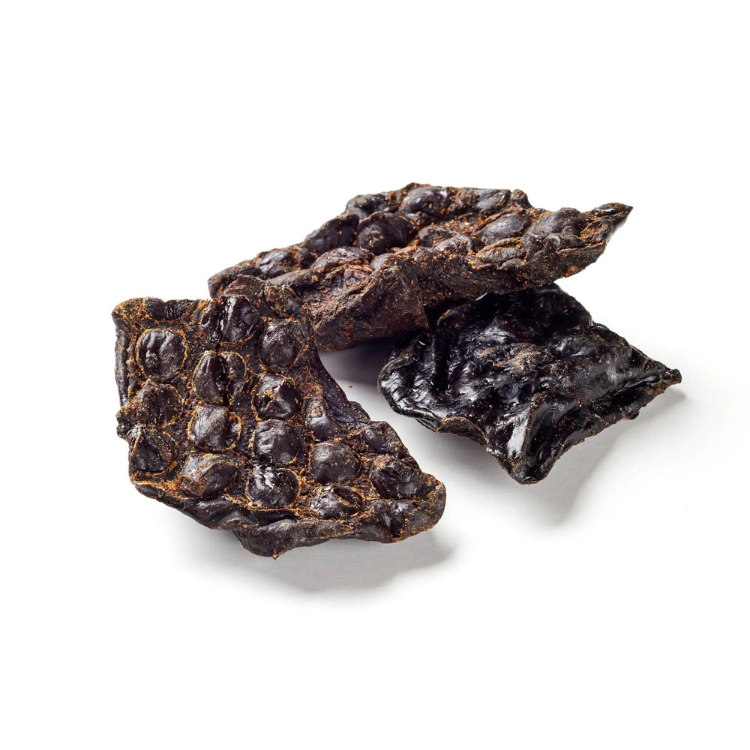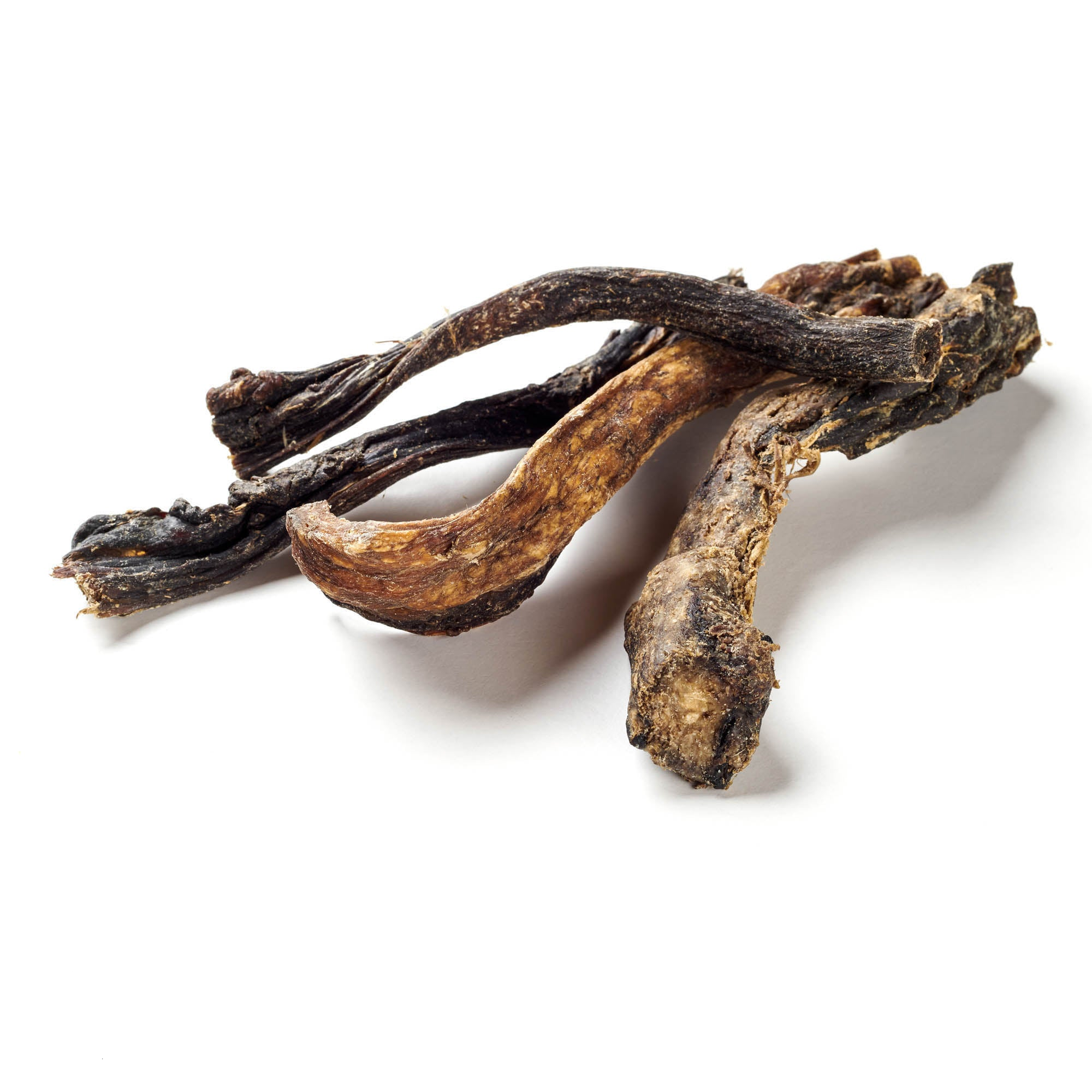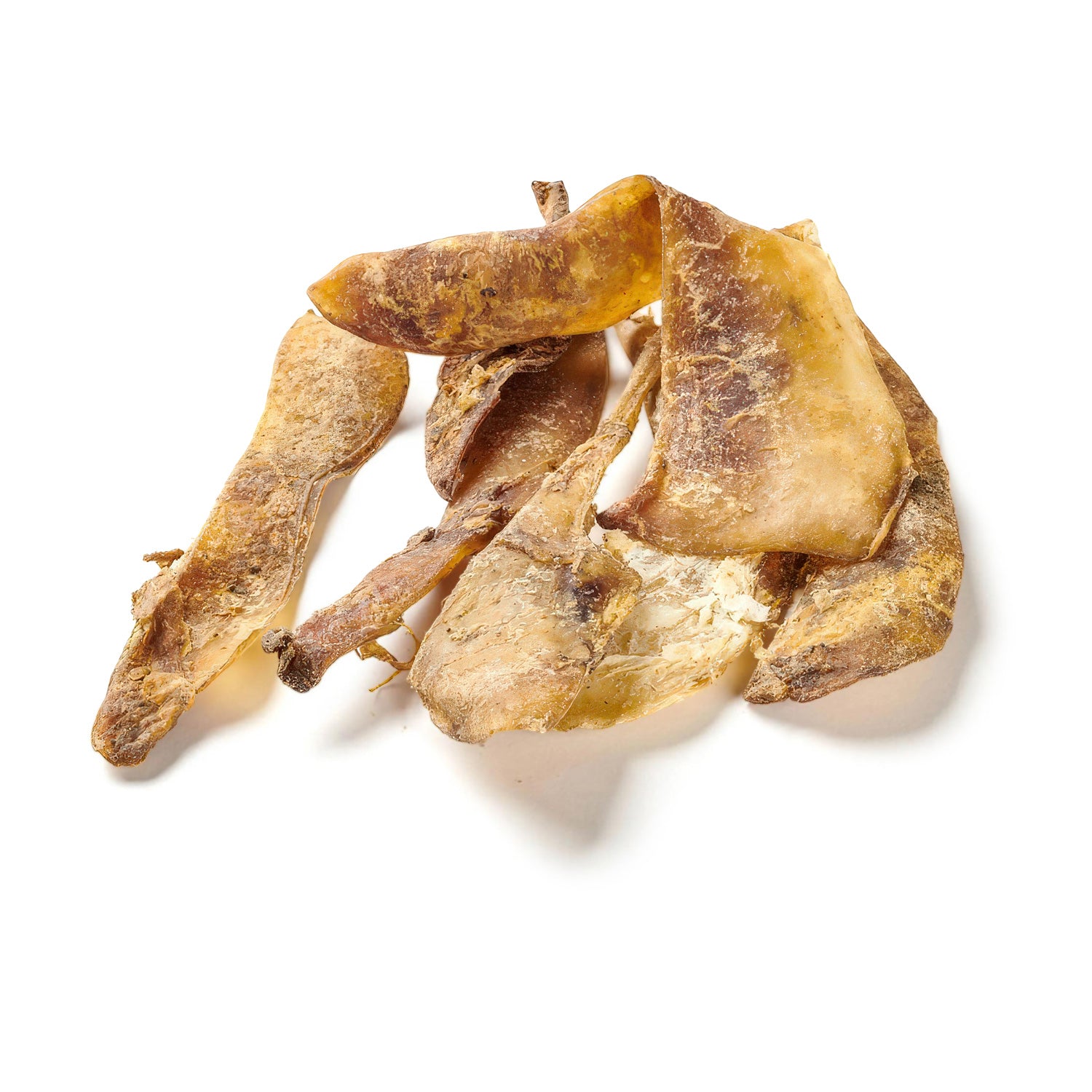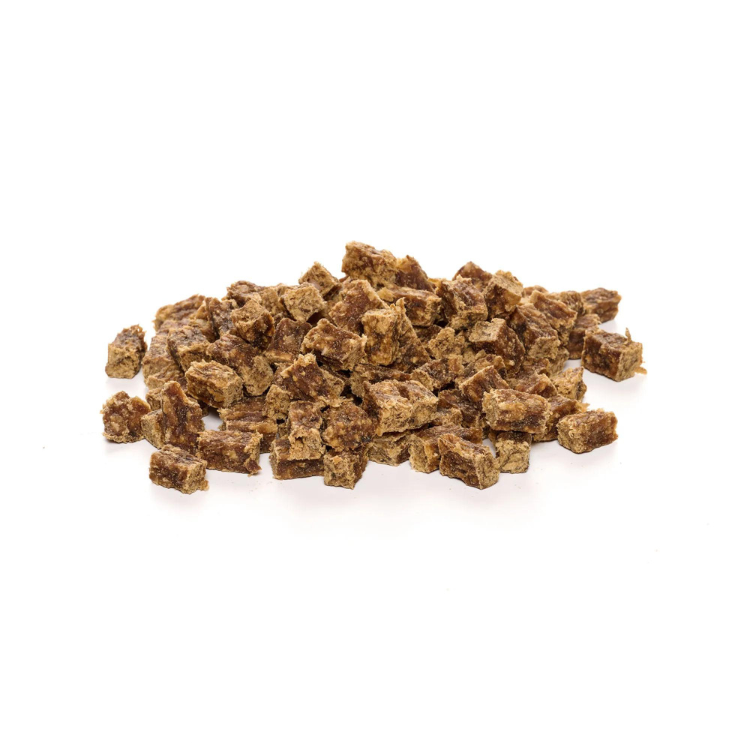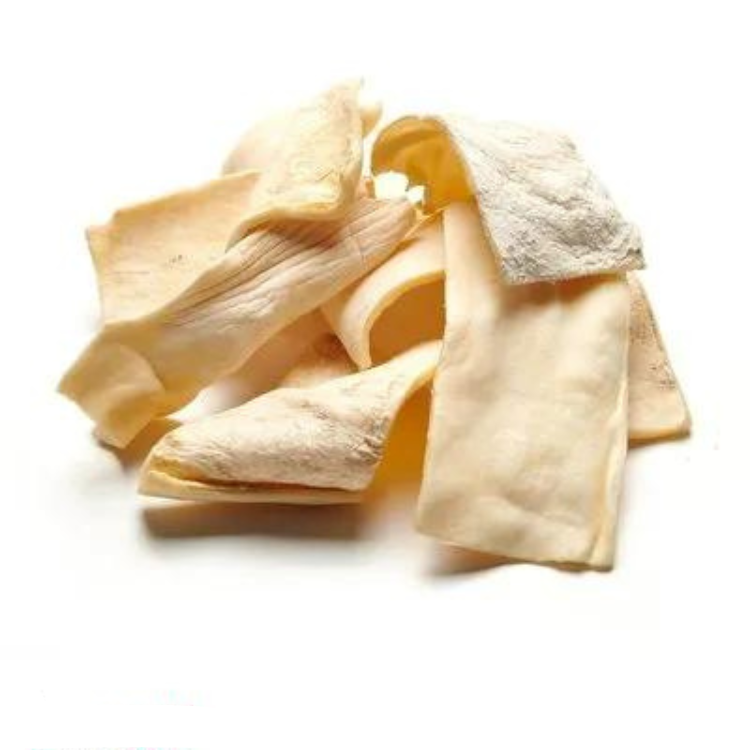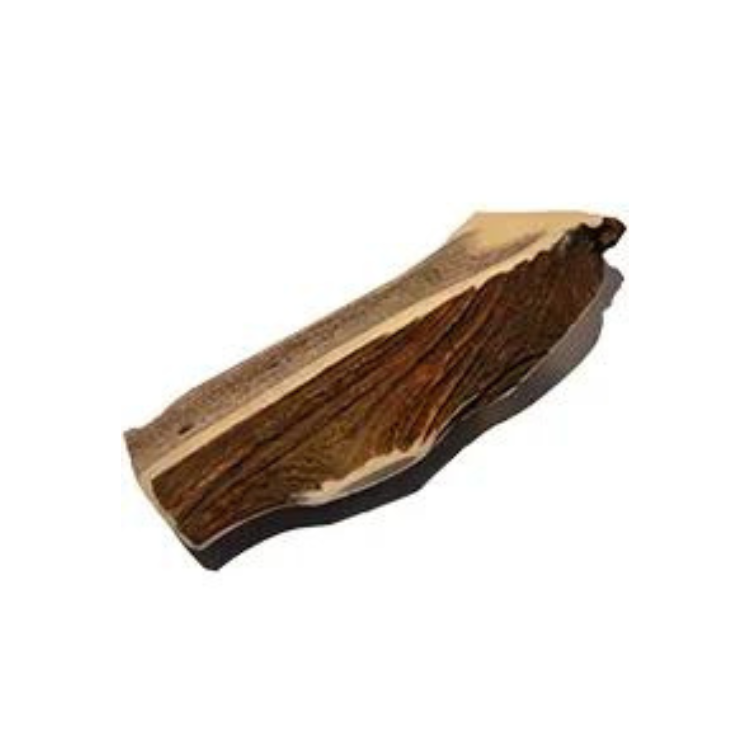
Brushing your dog's teeth - what do you have to pay attention to?
Share
Brushing your teeth is important! Many people know this, but many people still neglect dental care and it is only the first expensive dental treatment that makes them change their mind. Unfortunately, it is the same with dogs and preventative dental hygiene for our beloved four-legged friends could make many dog owners better and more conscientious.
Those who start early have the better cards in the long run, but even for late starters everything is still possible and even for dogs who refuse to use a toothbrush, there are solutions for healthy teeth!
Content: Brushing your dog’s teeth
- Why brush dogs’ teeth?
- How often should my dog have his teeth brushed?
- The different toothpastes for dogs
- Brushing your dog’s teeth with ultrasound
- Alternatives to dog toothpaste
- Not all dogs like toothbrushes
- Learn & practice brushing dog teeth
- Other alternatives to the toothbrush
- Conclusion
Discover our selection of premium dog chews!
Why brush dogs’ teeth?
Even as schoolchildren we learn how important dental care is and even as adults our dentist reminds us to brush our teeth properly on a regular basis. It is no different for dogs.
Brushing your teeth helps to remove food particles that have settled on your teeth together with saliva as a biofilm or plaque . These deposits secrete an acid that permanently attacks the tooth substance by removing minerals from your dog's teeth. This causes the teeth to become porous, holes form and caries has an easy time developing.
The gums can also become painfully inflamed and lead to severe periodontitis. This means that the dog not only suffers from pain, but can no longer "bite forcefully" and teeth may have to be extracted, which is ultimately detrimental to the animal's overall health. And we know only too well that toothache is not pleasant. In addition, there are immense costs that can only be avoided through adequate prevention.
How often should my dog have his teeth brushed?
We humans should brush our teeth three times a day. Admittedly, very few people do that. But for most people, dental hygiene is an absolute must, at least in the morning and evening. Hardly anyone brushes their dog's teeth twice a day - and nobody demands that. But ideally your dog should also have its teeth brushed every day, as plaque can harden after just three days. This can then often only be professionally removed by a vet.
The different toothpastes for dogs
It would be possible to brush your dog's teeth with normal toothpaste, but many dogs don't like the fresh peppermint taste and the fluoride isn't healthy for the four-legged friend. Dog toothpaste also contains enzymes that are designed to have a specific effect on the dog's metabolism.
Brushing your dog’s teeth with ultrasound
Ultrasonic tooth cleaning can be carried out professionally by a veterinarian . However, there is also ultrasonic toothpaste for animals.
This ultrasonic toothpaste is enriched with microbubbles that react with the vibrations in the brush head. The microbubbles implode, effectively removing plaque even between the narrowest gaps between teeth.
Pamper your dog with our delicious chews!
Alternatives to dog toothpaste
To brush your four-legged friend’s teeth, you can use the following home remedies:
- Coconut oil
- Baking soda
- White chalk
Coconut oil & turmeric
To do this, take 200 grams of creamy coconut oil (warm it up a bit if necessary) and stir in 1/4 teaspoon of dried parsley and 1/2 teaspoon of turmeric. You can store this in a tin. The coconut oil has an antibacterial and antioxidant effect, which means it frees the dog's teeth of bacteria and germs.
The turmeric, on the other hand, slightly whitens the teeth and prevents plaque. The parsley, another component, also has an antibacterial effect and also contains minerals and vitamins that promote dental health. By the way, dogs love the taste of coconut oil.
Coconut oil & baking soda
To do this, take a cup of coconut oil, a tablespoon of dried and ground peppermint and a tablespoon of baking soda and mix them together to form a paste. Like turmeric in the previous recipe, baking soda is used to whiten teeth.
White chalk
All you have to do is moisten your toothbrush a little and dip it in the chalk. This is how many people used to clean their teeth. This also effectively cares for your dog's teeth and is also very inexpensive.
Not all dogs like toothbrushes
For many dogs, dental hygiene is not something that is particularly great and they are particularly critical of toothbrushes. An alternative is to brush your dog's teeth with finger cots. These are rubber caps with nubs that you pull over your finger and rub over your dog's teeth. These finger cots are also available for ear hygiene and are definitely something that all dog owners should have at home.
Learn & practice brushing dog teeth
Brushing teeth is not easy and requires practice. Dogs in particular should be accustomed to the unfamiliar brush at an early age. The earlier you start, ideally when they are still puppies, the more likely your four-legged friend will accept dental hygiene.
You can playfully put the brush in the playful puppy's mouth. What starts out as just a nice game to get the dog used to having a brush between its teeth should, over time, lead to proper brushing of the teeth.
But a little patience is required at this point. So don't give up if it doesn't work right away.
Other alternatives to the toothbrush
However, many dogs do not come to their families as young puppies, but fully grown. Often even from an animal shelter with a difficult past. In this case, it can be extremely difficult to get the dog to accept the toothbrush. But fortunately, there are alternatives to the toothbrush:
- Give chewing bones regularly – This strengthens the chewing muscles and gums and at the same time ensures that any plaque is removed from the teeth.
- Chews – Even the very hard chews are a good way to make dental hygiene more appealing to your dog.
- Cheese against plaque – Cheese is now being offered as a chewing snack that can significantly improve dental health.
- Carrots are also a good snack for dental health. They are low in calories, rich in vitamins and support tooth cleaning.
- Use high-quality dog food – inferior foods often contain sugar or caramel coloring to make them look better. Therefore, always look at the ingredients list.
Conclusion
It's tedious and not necessarily the nicest thing for you or your dog, but dental health should not be neglected. You've probably had toothache before and know how painful it can be. Dogs suffer from the same pain, but they have a hard time telling us or doing anything about the pain. So you should take adequate preventative measures and try to prevent toothache from occurring in the first place. This way you can also avoid high costs, because even if dental treatment for dogs is not as expensive as for us humans, it is still not necessarily cheap.
Reward your best friend with our dog treats!

